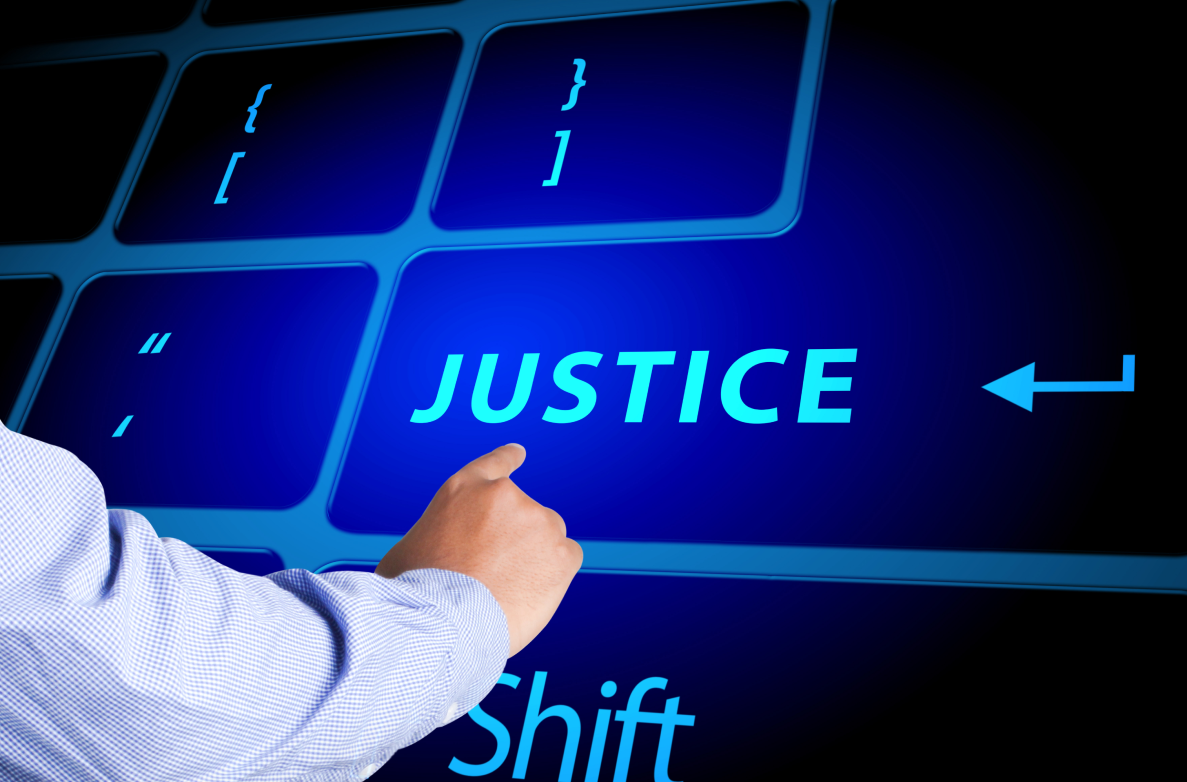Justice/Legal Tech 3 years ago
What is Legal Tech and What it is Not Legal Tech
The legal industry today is increasingly becoming more tech savvy. But for those just catching the rear end of the trail, here’s a look at what makes for Legal Tech and what does not

In the last year and a half, the world has witnessed some unprecedented disruptions – the scale and impact of which has posed new and challenging questions to all spheres of life. But the last year and a half has also been the time of unprecedented technological innovation, where across the world, the same challenges were met with dynamic and at times ground-breaking solutions. No industry has been immune to this shift and it is safe to say that the legal industry, though a little late, has finally joined the party. Subsequently, the burgeoning specialised arena of ‘Legal Tech’ has made the legal world today, arguably, more tech savvy. But for those just catching the rear end of the trail, here’s a look at what makes for ‘Legal Tech’ and what does not.
In a nutshell, Legal Technology (or Legal Tech for those in the know) refers to technology and software used to provide and support legal services. Through the adoption of this very specific genre in technology, lawyers and law firms can find new and innovative ways to enhance the efficiency of their work environments.
However, incorporation of general technological services within legal proceedings, like Microsoft Office, emails or other communication tools enabled by technology does not quite make up for ‘Legal Tech’. The application of those tools is now a blanket requirement in any industry and is not exclusive to the legal world. What sets ‘Legal Tech’ apart from other technological advancements is its prefix – its rather unshaking commitment to meeting ‘legal’ requirements and providing ‘legal’ services. Legal Tech is that branch of technology that is highly customised, and carefully calibrated to meet the very specific demands of a legal practice so they can quickly, effectively and accurately address their clients’ needs.
The other most common misunderstanding around ‘Legal Tech’ is that it is often lumped in together with ‘Law Tech’ or ‘Justice Tech’. Where ‘Legal Tech’ is designed to help lawyers and law firms provide better services to their clients; ‘Law tech’ or ‘Justice Tech’ is programmed to help clients directly partake in the judiciary process. Both of which should not be confused with ‘Tech Law’ which is simply a branch of law that regulates the use of technology and addresses issues around cybersecurity and cybercrimes. Where common examples of ‘Legal Tech’ include Case and Document Management Platforms and Time and Billing Softwares; examples of ‘Law Tech’ or ‘Justice Tech’ include Centralised e-Filing Systems and Legal knowledge repositories.
As overwhelming as all this might seem; and as nascent the industry is, at least in India; the fact that we are here, going over the various nuances and terminologies of Legal Tech is a sure sign that its all-encompassing impact has slowly, yet surely paved a way for a technologically-forward future within all spectrums of Law.



